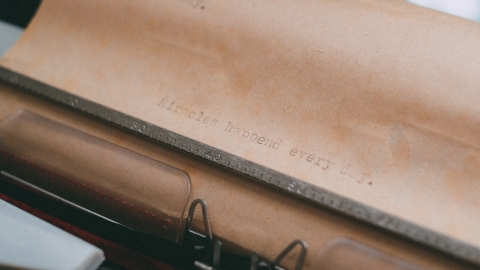What is Cold Food Festival?
Cold Food Festival is on the 3rd day of the 3rd lunar month, occurring in some provinces of China, Northern Vietnam and some Chinese communities around the world.
Every year on this day, many families grind flour, steam mung beans, make banh troi (rice dumplings) and banh chay (rice dumplings in China), cook sticky rice and sweet soup to worship Buddha and ancestors, which is also a way to commemorate relatives in the last days of spring.
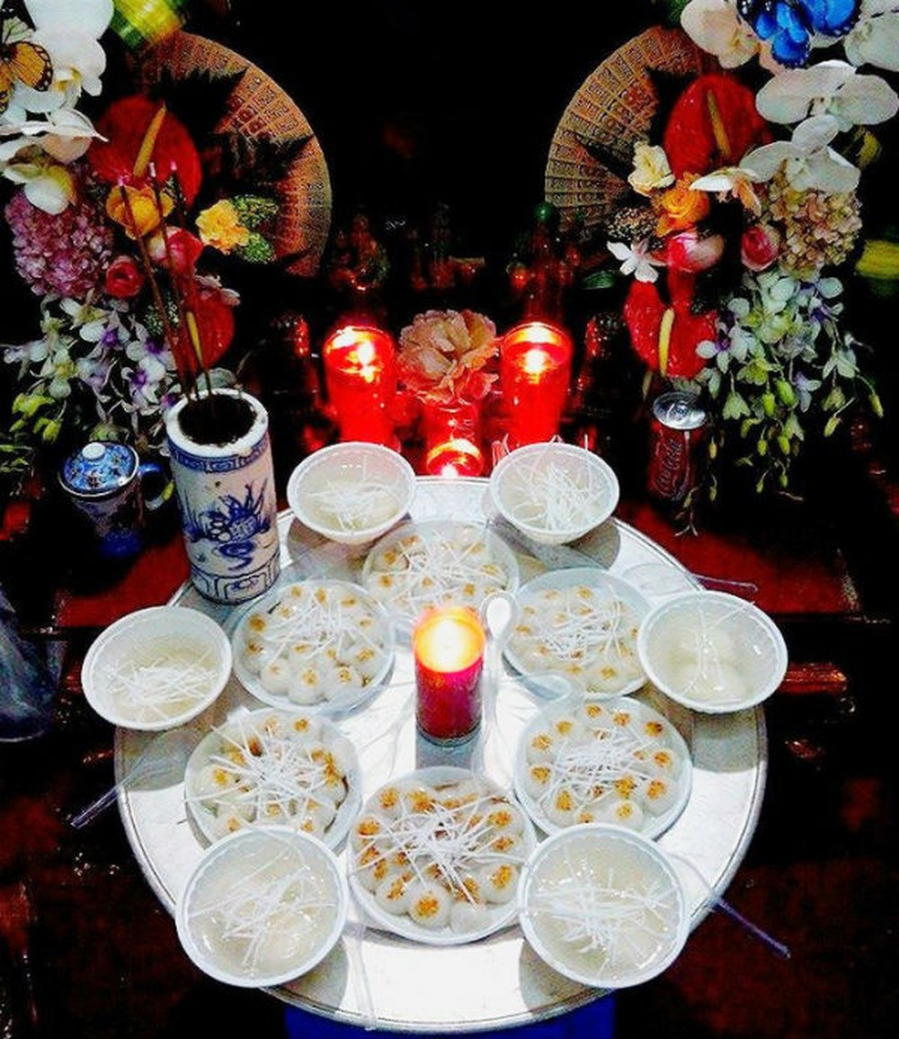
"Han thuc" means "cold food". However, few people know that the two words "han thuc" are associated with a Chinese legend, known through the novel Dong Zhou Lie Guo.
The origin story of the Cold Food Festival
During the Spring and Autumn period, King Wen of Jin, Duke of Jin, was in turmoil and had to leave his country and go into exile. One day, he lived in Qi and the next in Chu. At that time, there was a wise man named Jie Zitui who followed the king and helped him with his plans. One day, while on the road to escape, food ran out. Jie Zitui secretly cut a piece of his thigh meat and cooked it to offer to the king. After the king finished eating, he asked about it and found out, and he was extremely grateful.
Jie Zitui served Duke Wen of Jin for 19 years, experiencing many hardships and dangers together. Later, Duke Wen of Jin regained the throne and became the king of Jin. He rewarded those who had contributed to his escape, but he forgot Jie Zitui's contributions. Jie Zitui did not resent him, instead he returned home and took his mother to Tianshan Mountain to live in seclusion.
Duke Wen of Jin later remembered and sent people to look for him. Jie Zitui refused to leave Tianshan to receive the reward. Duke Wen of Jin ordered the forest to be burned, intending to force Jie Zitui to come out, but he refused to obey, and in the end both mother and son burned to death. The king felt pity, built a temple to worship him, and ordered the people to abstain from lighting fires for three days, and only eat pre-cooked cold food to commemorate him (around March 3 to March 5 of the lunar calendar every year).
Colorful Chinese dishes during Cold Food Festival
On the 3rd day of the 3rd lunar month, Chinese people often prepare unique and colorful dishes such as Thanh Doan Tu cakes, rope rolls, snails...
Spring rolls are always an indispensable dish in traditional meals on special occasions in China. The ingredients used to make spring rolls are very popular, including peas, eggs, carrots, seaweed, coriander, peanuts, lean meat, etc. The difference in spring rolls is the soft, fragrant and chewy rice paper layer made from rice from Fujian province.
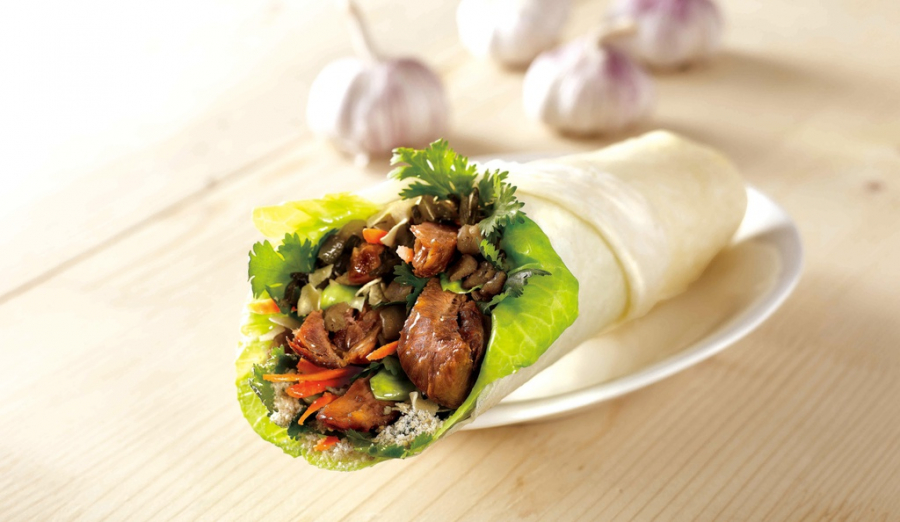
The Qingtuanzi cake is a traditional Chinese offering to ancestors or to friends and neighbors. The cake has a shiny jade green color and a sweet and rich taste. The green outer shell is dyed with Chinese mugwort or Chinese mugwort, and the filling is chives, eggs, and dried tofu.
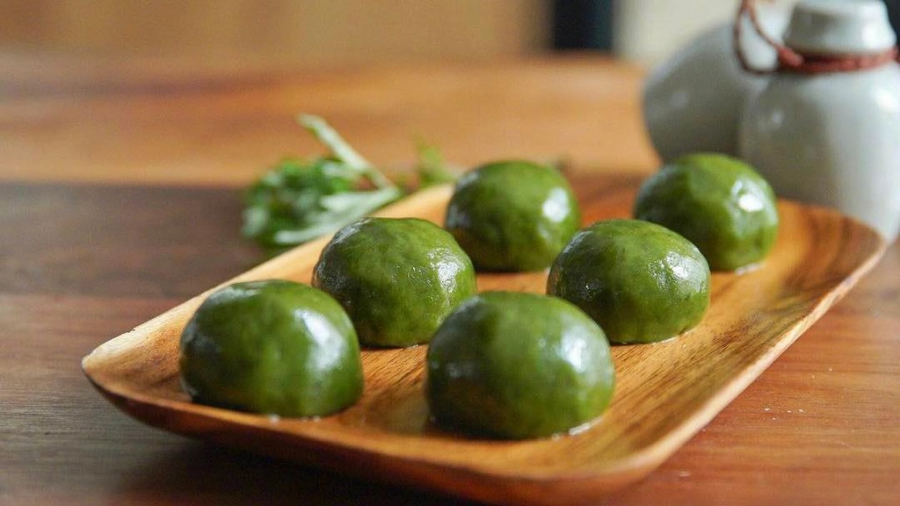
In addition, five-color rice - including black, yellow, red, purple, white representing the five elements, is a traditional dish of Jiangsu people. Every 3rd day of the 3rd lunar month, Jiangsu people will cook rice to give to relatives, friends, and neighbors. Snails are also the choice of Chinese people every Cold Food Festival.
Vietnamese Cold Food Festival
Although originating from China, the Vietnamese Cold Food Festival still has its own nuances, deeply Vietnamese, and has little connection to the story of Jie Zitui.
Initially, because the Cold Food Festival originated from China, the offerings also had a strong cultural identity of this country. However, when introduced to Vietnam, the regulations and offerings were slightly changed to suit Vietnamese traditions. In particular, Vietnamese people created banh troi and banh chay to symbolize cold foods - Cold Food. Therefore, this day is also known as banh troi and banh chay festival.

Since ancient times, banh troi and banh chay have entered the national poetry as popular typical dishes of the Vietnamese people. Both banh troi and chay are made from fragrant sticky rice flour. Banh troi are made into small balls, white on the outside, filled with brown sugar inside, boiled in a pot of boiling water, when the balls float to the surface, take them out just cooked; banh chay is made into flat round balls, without filling, placed on a small plate, when eaten, sugar water is poured on top.
There are also stories that say that banh troi and banh chay have existed since the Hung King period and the custom of making these two cakes is to remind us of the story of Au Co's "hundred-egg sac". The hundred small cakes symbolize the hundred eggs of Lac Long Quan. Banh troi symbolizes the 50 eggs that hatched into 50 children who followed their mother to the forest; banh chay symbolizes the 50 eggs that hatched into 50 children who followed their father to the sea.
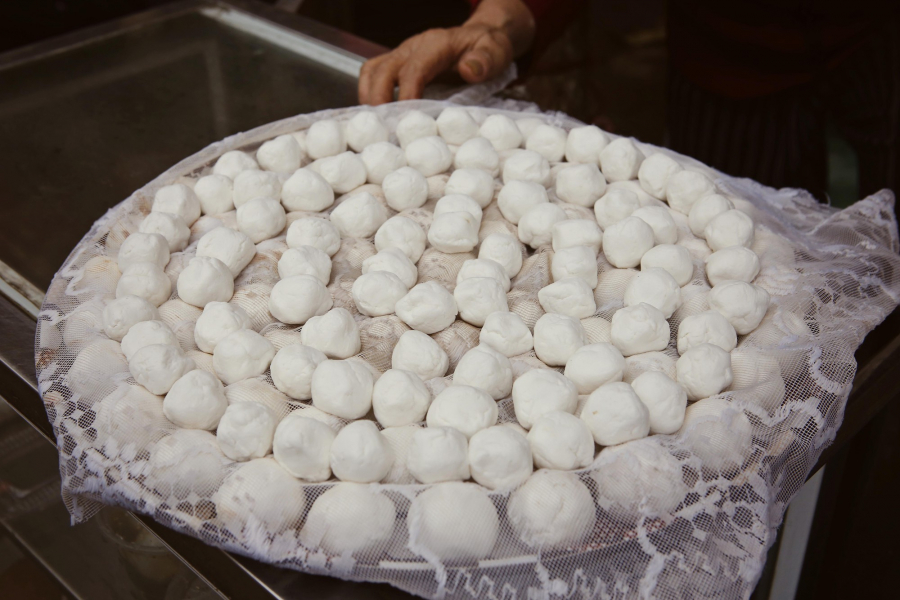
Nowadays, Vietnamese people have also created many more colors for the two types of banh troi and banh chay such as: red, green, yellow, black..., based on natural coloring ingredients such as pandan leaves, red beans, black sesame, yellow/purple sweet potatoes... These eye-catching and vivid colors make the worship and preparation for Han Thuc festival more familiar to the younger generation.
Taboos during Cold Food Festival
There are not many taboos on Cold Food Festival, and in the past, the most important taboo was not to light a fire. This taboo originated in China.
However, on this day, Vietnamese people do not abstain from fire, still cook normally; at the same time, use banh troi and banh chay to offer incense, burn incense to worship with the meaning that it is cold food (han thuc).
The way to make cakes during the Cold Food Festival must ensure that the cakes are white and not colorful like the five-color cakes commonly seen today. Traditional Cold Food cakes are made from white, round, pure sticky rice flour, coated with sugar inside, to represent purity and serenity.
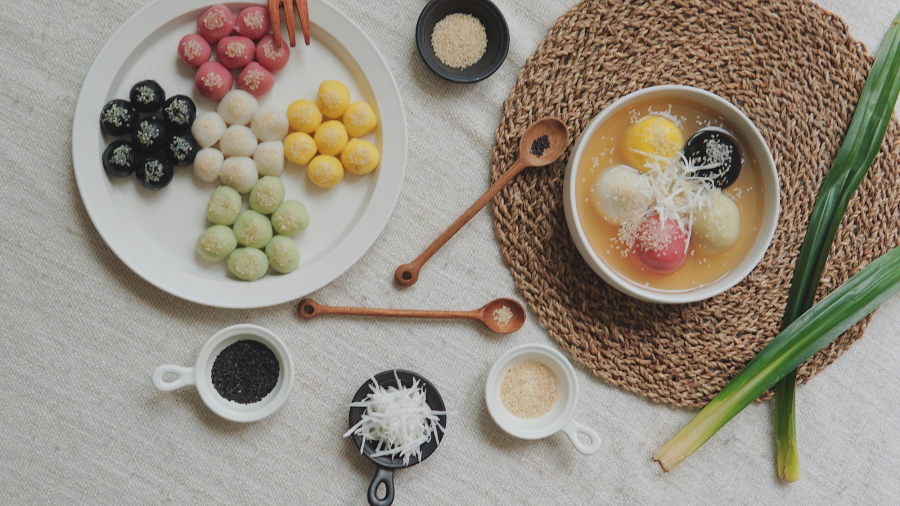
Offerings to the deceased on this day should be simple, not too elaborate or expensive. Therefore, avoid organizing a grand ceremony with high tables and full dishes. Instead, just a simple tray of offerings and sincere worship should be used.
In addition, being vegetarian and avoiding killing on Cold Food Day is also encouraged, because people believe that this will help the souls of the deceased to be liberated more easily.


























